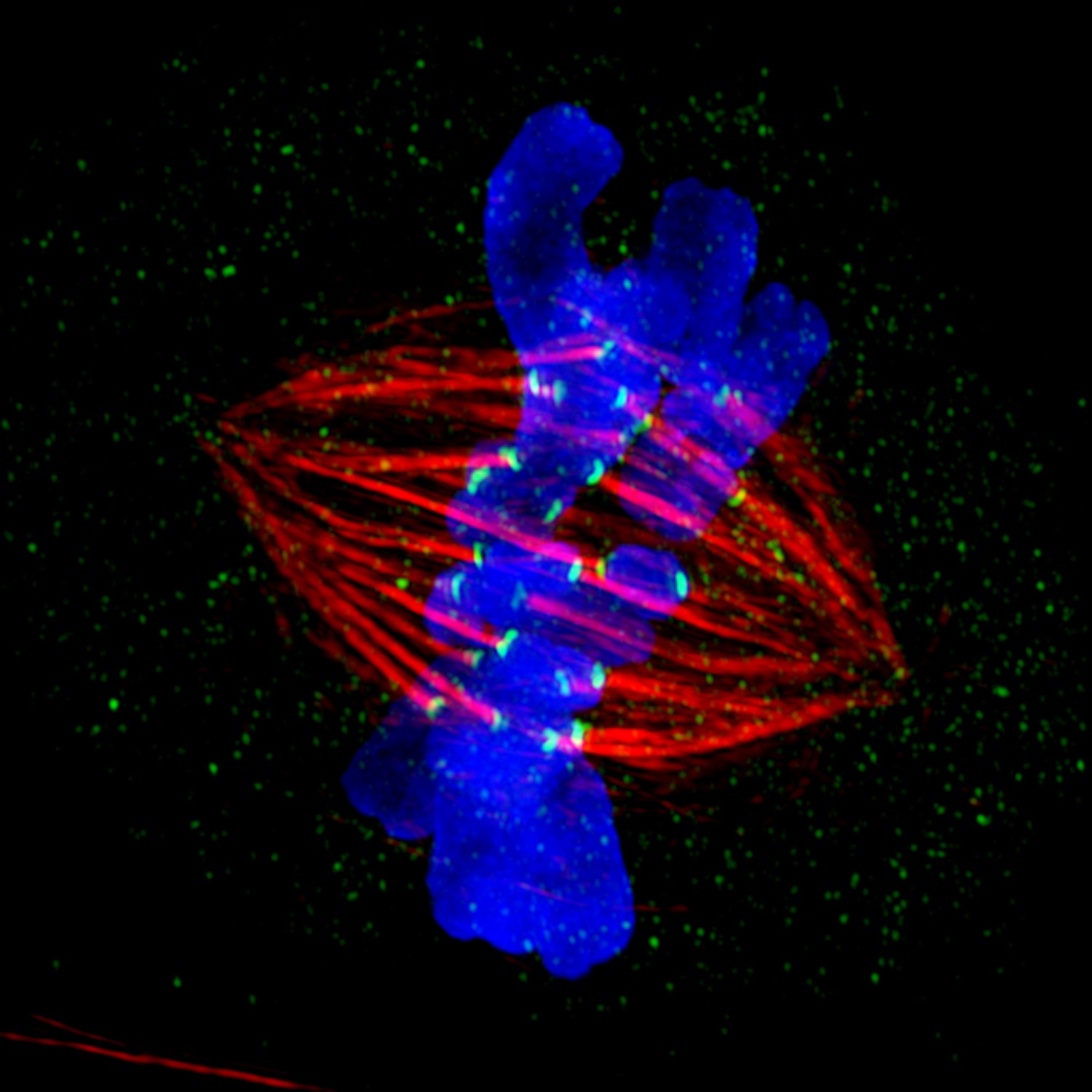BIO 310 - Cell Biology

Courtesy of Jane Stout & Claire Walczak, Indiana University
Cell Image Library.org
,
SUMMER 2024 Schedule
SUMMER 2024-Extended Session 2
June 17th– August 16th, 2024
Faculty: Stefan Tafrov, PhD
Online Course Administration: Kristen Slovak, MA
Stony Brook Students: Upper Division Biology Course
Non-Stony Brook Students – Check with your Institution for Transfer Info.
Click HERE FOR BIO 310 Course Syllabus Summer 2024
This course is an asynchronous online course except for the Three Mandatory Synchronous exams given in the evening as listed below. STUDENTS MUST HAVE RELIABLE INTERNET, A COMPUTER, A WEBCAM AND A MICROPHONE TO TAKE THIS COURSE.
Any student who, after registering at Stony Brook University and accessing Solar, needs permission to register for this course should contact Lynette Giordano at Lynette.Giordano@stonybrook.edu for permission.
For Registration Information See:
https://www.stonybrook.edu/summer/
MANDATORY Exam 1: Wednesday, July 3rd: 6:30 - 8:30 PM
MANDATORY Exam 2: Wednesday, July 24th: 6:30-8:30 PM
MANDATORY Exam 3: Wednesday, August 14th: 6:30-8:30 PM
Major objectives of this course:
COURSE DESCRIPTION: The cell is studied as the unit of structure, biochemical activity, genetic control, and differentiation. The principles of biochemistry and genetics are applied to an understanding of nutrition, growth, and development. The course is designed for students with a strong background and interest in biology. The course will present our current understanding of eukaryotic cellular architecture and the molecular basis for most general cellular functions. Emphasis will be placed on the methodologies and approaches of ongoing research efforts, so that students will be more prepared to read research papers published in scientific journals.
COURSE LEARNING OBJECTIVES:
At the end of this course a student will have an understanding of eukaryotic cellular architecture and the molecular basis for most general cellular functions. Students will also have an understanding of the application of experimental techniques in cell biology and their use in biological research. Upon completion of BIO 310, students will be able to:
1. Differentiate between eukaryotic & prokaryotic cells, and describe the endosymbiotic theory.
2. Describe the structure or cellular membranes, and correlate membrane structure with membrane functions.
3. Explain the structure of the genetic material and its relationship to nuclear structure and function. Define chromatin remodeling and correlate chromatin structure with gene expression and cell cycle progression.
4. Discuss the structure, roles and interactions of organelles. Integrate the abundance/absence of organelles with cellular activities.
5. Provide a conceptual framework for the mechanisms by which proteins, lipids, and nucleic acids, and carbohydrates are moved from their sites of synthesis to their ultimate locations. Predict the mechanisms involved in cellular trafficking of a given macromolecule.
6. Explain the mechanism and regulation of transport of membrane vesicles to their destinations. Differentiate the various modes of vesicular transport.
7. Discuss gene expression, and correlate the multiple levels of gene expression regulation with cell activity.
8. Define signal transduction, and compare and contrast the molecules and molecular interactions utilized by cells to transduce diffusible extracellular signals into biochemical changes within the cell.
9. Describe the molecules and molecular interactions utilized by cells to communicate and sense neighboring cells and the structural environment.
10. Explain the structure of the cytoskeleton and demonstrate an understanding of the ways the cytoskeletal elements enable cell activities such as motility, intracellular transport, and regulation of gene expression.
11. Elaborate on the nature of pathogens, and differentiate between the innate and adaptive immune responses to pathogens.
12. Provide a conceptual overview of cell cycle regulation. Correlate the abundance, location, and activation of cell cycle regulators with cell cycle progression.
13. Articulate the ways in which cell processes such as signal transduction and cell cycle regulation can be altered, resulting in cancer.
14. Describe the basic mechanism of programmed cell death and necrotic cell death. Establish the impact of proliferative and apoptotic signaling in normal and abnormal cells.
